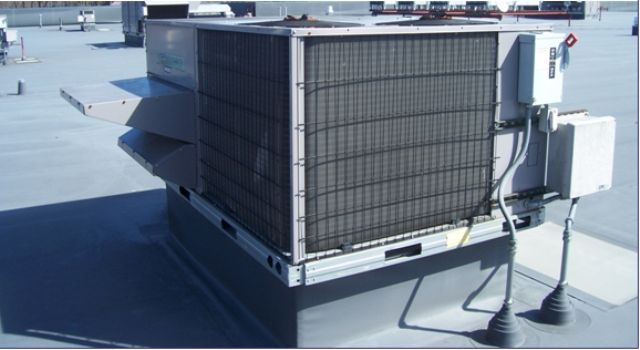What is an HVAC unit? The term HVAC stands for heating, ventilation, and air conditioning. This piece of equipment supplies automotive environmental comfort into a home or building. They are constructed by using the principles of fluid mechanics, heat transfer, and thermodynamics. This article will break down the different parts of an HVAC to better understand its purpose.

Heat
A heating unit can come in many different forms. In areas that are cold these units are suited to heat a building or a house. Heat goes through ducts, piping, or even a radiator to send hot air into a space. A furnace or boiler may also be used to heat a structure. Since carbon monoxide is prevalent in these systems, ventilation is required to ensure that people inside the building do not get sick or die. With an excess of carbon monoxide in the air, there will not be a sufficient amount of oxygen in the air. Heating units utilize different types of technologies to operate efficiently.
Ventilation
Ventilation is necessary to change or replace the substances in the air. If there is anything unsafe in the room it needs to be corrected for the safety of the residence. The ventilation process takes the air that is inside and pushes it outside. Air is also circulated inside the building to maintain a comfortable air quality throughout the building. Without proper ventilation a home or office can start to smell, get mildew, and grow mold. If there is a virus or a disease present in a space, it is easier to control with proper ventilation.
Air Condition
Air conditioners are similar to a heating unit, but they perform the opposite function. Air conditioners are beneficial in hot climates. They cool off a room or an entire building. These units cool, ventilate, and control humidity. This is accomplished by using a process called mechanical refrigeration. Mechanical refrigeration will use water, ice, or air for the refrigerant to function. A refrigerant start out as a gas then the gas is released and condensed and becomes a liquid. Once the liquid is evaporated it then becomes a gas again.
Rooftop HVAC
An HVAC unit is essential for commercial buildings in order to sustain the correct temperature and quality air. Rooftop HVAC units are mounted to a flat roof by using HVAC supports. Without installing a support the equipment could potentially damage or penetrate the roof. Supports protect the roof and the equipment so they can remain functional for many years.
PHP (Portable Pipe Hangers) is hte source for Roof HVAC Duct Supports. At PHP, we engineer rooftop HVAC units and duct support systems with quality designs.
The Purpose Of An HVAC Unit

